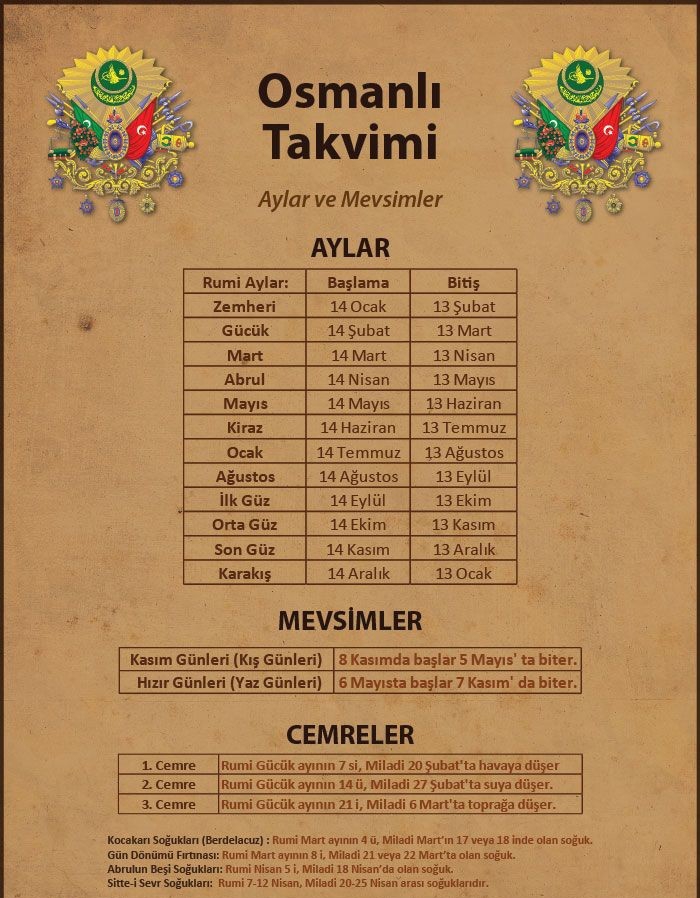use of its new cipher system continue, with more specifics.
As with all cryptographic issues, the fine points can be
quite confusing at first.//
In this third example, recipients see the new cipher
useage and also get some practical guidance from
the message text:
Hususat-ı âdiye ve zatiye ve gayri müsta’celenin teleğrafla hususen şifre ile
yazılması bir çok memurun beyhude işgalına ve mühim teleğrafnamelerin
te’hirine sebeb olacağından teleğraf muhaberatın umur-ı müsta’celeye ve
şifrenin ise mevad-ı mahremâneye tahsisi ve kelimat ve ibaratın mümkün
mertebe ihtisarı lâzım gelir
“Mayısa mahsus sahife rakamıyla yazılmış demektir”Mayıs sene 323
matters needlessly occupies a great many workers and delays important
telegrams. Consequently, telegraphic communication is for urgent matters
and enciphered telegrams are for confidential matters. To the extent
possible, words and paragraphs should be limited.)
May year 323 (1907) "means it was written with the page number for
May."
-------------------------------------------------------------------------------------------------
For example, in the word 'ibretenlsairin' ('as a deterrent to others') there
are a number of words and 'edevat' (words that are neither nouns nor
verbs nor particles; rather, articles, prepositions, conjunctions,
interjections) that are strung together as consonants (in the old system).
But in the new key there are words, compounds and singular elements
that can be used instead. Stringing consonants together multiplies,
rather than diminishes, the cipher numbers needed and the words
formed only with consonants are not in the new key anyway. This
aspect should always be kept in mind.
With this new key there are five numbers for every word or letter and
the numbers are read from right to left. Two of these numbers relate
to the page number (in the companion book) and the other three
relate to the word or letter (in the companion book). The word/letter-
related numbers are always written first and the page number numbers
after.
//Ed. note: looking at the examples, it seems that someone
composing a message would first write the three numbers
for the word/letter, which don't change from message to
message, and then put the two-digit page number code,
depending on the month., in front on the right. For
example, in the first three examples given the word
'teleğraf' (telegram) is coded as: 34475, 95475 and
66475 and the months are March, April and May,
respectively.//
In order to ensure that the numbers written are always in sequence,
page numbers have been organized in four ways (columns?), identified
(under headings?) with the names of three months from the Rumiye
(Moslem, e.g. 'Mart 1323') calendar.

//calendar explanation from Wikipedia:
Since the Julian to Gregorian calendar changeover was finally
being adopted in neighboring countries, the Rumi calendar was
realigned to the Gregorian calendar in February 1917, leaving
the difference of 584 years unchanged, however. Thus, after
February 15, 1332 AH (February 1917 AD), the next day instead
of being February 16 suddenly became March 1, 1333 AH
(March 1, 1917 AD).[3] The year 1333 AH (1917 AD) was made
into a year with only ten months, running from March 1 to
December 31. January 1, AD 1918 thus became January 1,
AH 1334.[4] The Rumi calendar remained in use after the
dissolution of the Ottoman Empire into the first years of the
succeeding Republic of Turkey. The use of the AH era was
abandoned as part of Atatürk's reforms by an act of December
26, 1341 AH (1925 AD) and was replaced by the common era
from 1926.[5] The names of four months that occur in pairs in
the Semitic/Arabic naming system (Teşrin-i Evvel, Teşrin-i Sânî
and Kânûn-ı Evvel, Kânûn-ı Sânî) were changed on January 10,
1945 to Turkish language names, Ekim, Kasım, Aralık and Ocak,
for simplicity. From 1918 the fiscal year has commenced on
1 January.
When a telegram is converted to cipher form, one of the most important
matters, perhaps the most important, is the month in which it is being
written. Because the page number for the month that is included in
the date at the bottom of the telegram is the page number to be used
in the cipher.
As stated above, the 5-number groups for each letter or word include
two numbers for the page number and three numbers for the word or
letter or mark. These five numbers must always be written together
and without any spaces in between. In other words, do not write
'21 454' instead of '21454', even if the word number is smaller than
the page number.
//END of PART II//


Hiç yorum yok:
Yorum Gönder